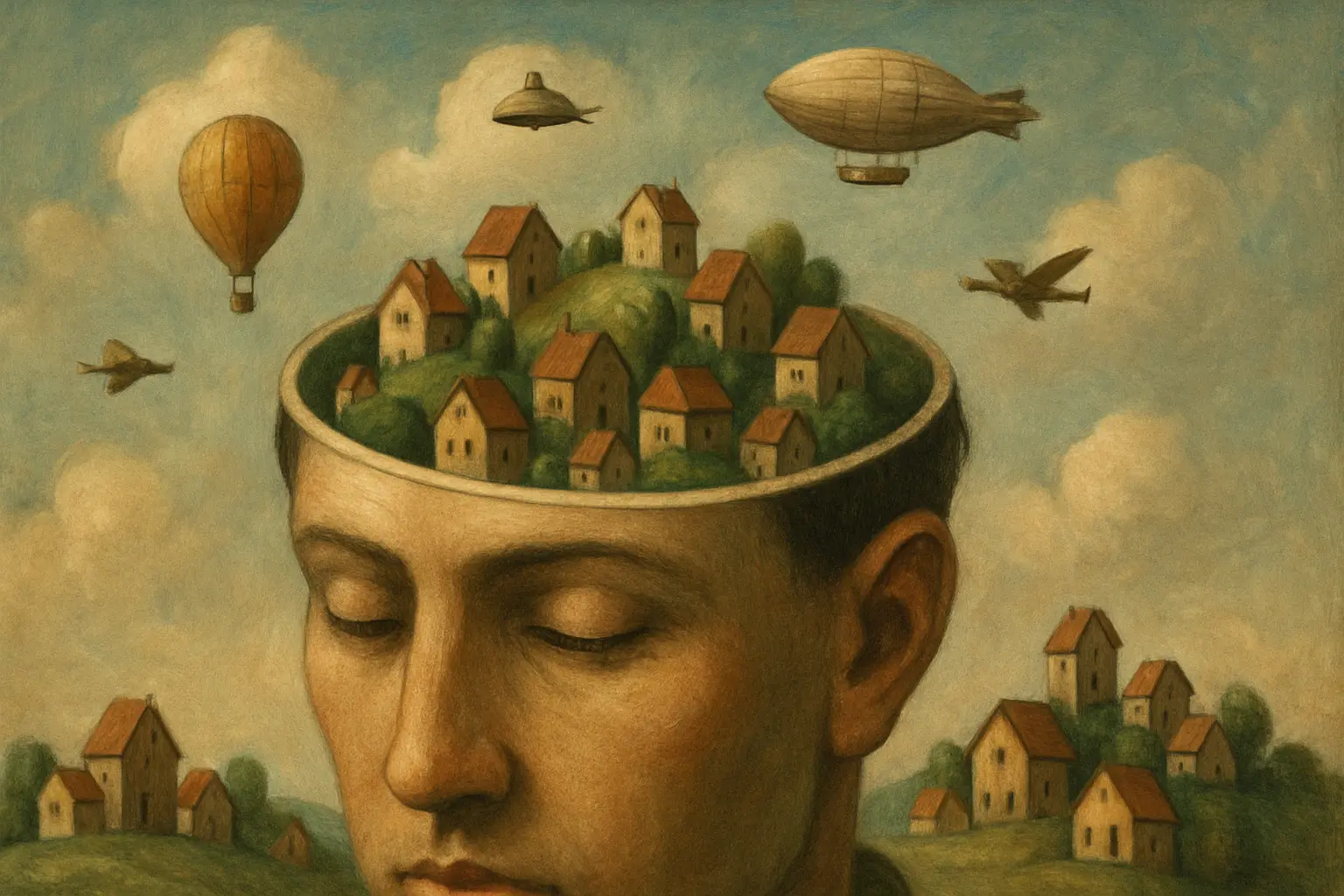Why Light Pollution Is Stealing Your Sleep (and How to Fight Back)
Ever glance at your window and see a glow that makes it feel like the sun never set? If you live in a city, that’s probably light pollution, and it might be the sneaky culprit behind your restless nights. Street lamps, neon signs, and even smartphone screens can interfere with your natural sleep rhythms — and yes, it’s more than just annoying.
How Light Pollution Affects Sleep
Light at night suppresses melatonin, the hormone that signals your body it’s time to sleep. Even small amounts of artificial light can:
- Delay sleep onset, making it harder to fall asleep
- Reduce deep sleep duration, leaving you groggy in the morning
- Disrupt circadian rhythm, causing irregular sleep patterns
Night owls beware: those late-night LED notifications don’t just distract you — they trick your brain into thinking it’s daytime.
Simple Ways to Combat Light Pollution
-
Blackout curtains
Block streetlights and create a dark, cozy sleep environment. Even a small improvement can help melatonin production. -
Eye masks
Great for travel or apartments where blackout curtains aren’t enough. -
Dim indoor lights before bed
Warm, low-intensity lighting signals your body it’s nighttime. -
Screen curfew
Switch off smartphones, laptops, and TVs at least 60 minutes before bedtime. Blue light filters or night modes help but don’t completely solve the problem. -
Smart sleep tracking
Apps like SnailSleep can monitor sleep disruptions caused by light exposure, helping you adjust your environment for optimal rest.
Real-Life Example: Jake’s Urban Sleep Battle
Jake, a 33-year-old software developer living in a busy city, noticed he kept waking up at 3 a.m., feeling wide awake. By installing blackout curtains, using a sleep mask, dimming lights at night, and tracking sleep with an app, he gradually experienced longer, deeper sleep. Even on nights when the city lights blared outside, Jake could finally sleep through them.
Lifestyle Tips to Complement Darkness
- Consistent sleep schedule: Helps reinforce your circadian rhythm.
- Morning sunlight exposure: Helps reset your body clock, counteracting nighttime light exposure.
- Relaxation routines: Reading, stretching, or meditation in low light prepares your body for sleep.
With simple adjustments, light pollution doesn’t have to sabotage your nights. Darkness really is golden — for your sleep quality and your next morning energy.
When to Seek Extra Help
If sleep problems persist despite controlling light exposure, consider consulting a sleep specialist. Persistent insomnia may indicate underlying conditions like sleep apnea or chronic anxiety, and tracking sleep patterns can provide useful data for diagnosis and treatment.
Related Articles
- Digital Age Insomnia — How Screens Are Stealing Your Sleep
- Tracking Your Sleep with Technology: A Step-by-Step Guide
- How Stress Sabotages Your Sleep — And What You Can Do About It

